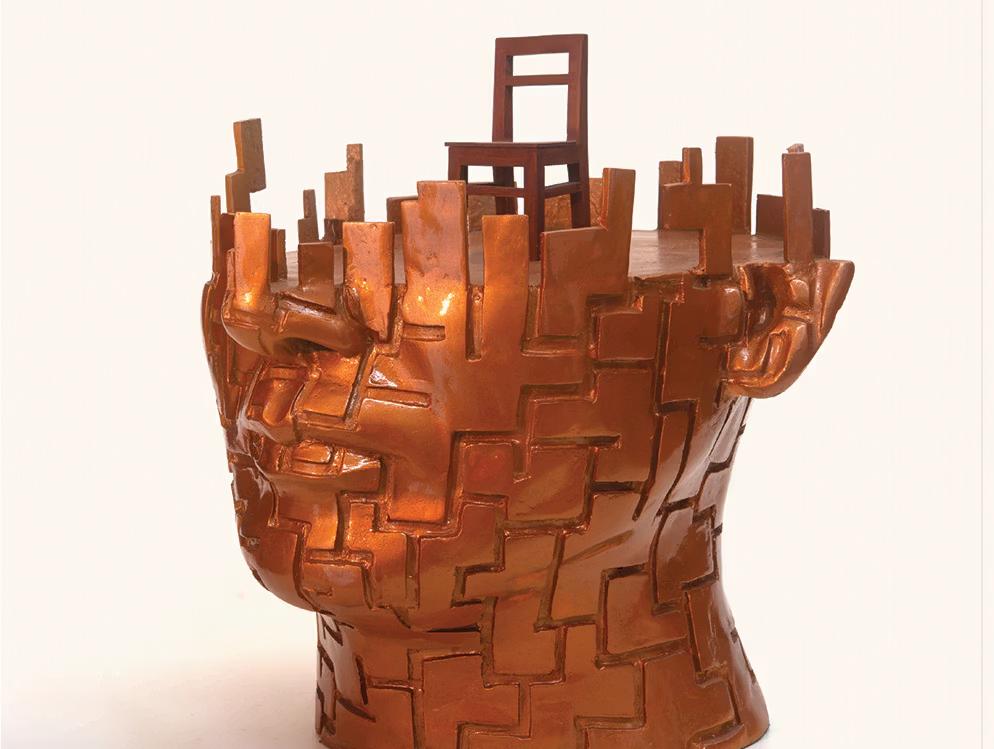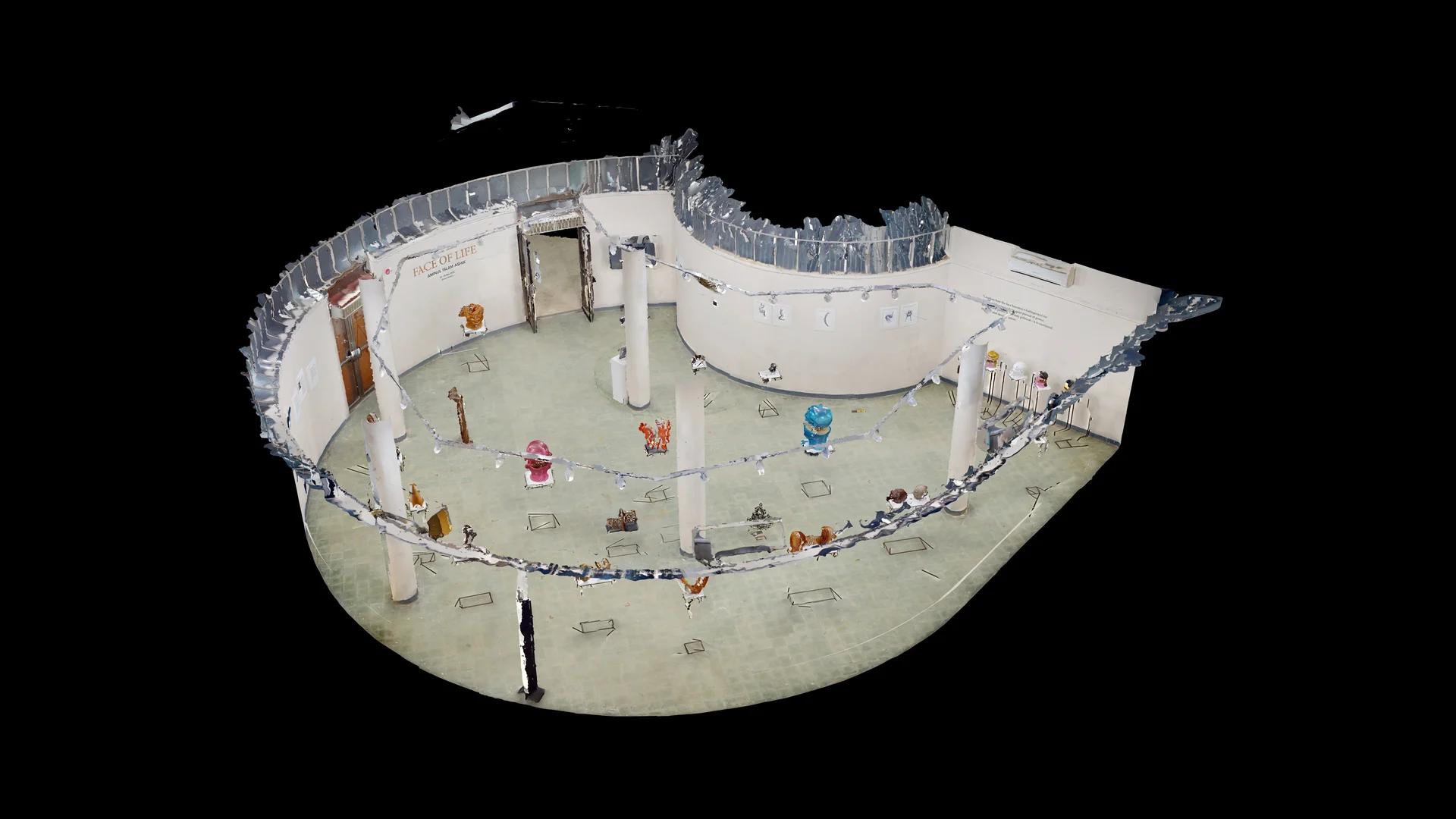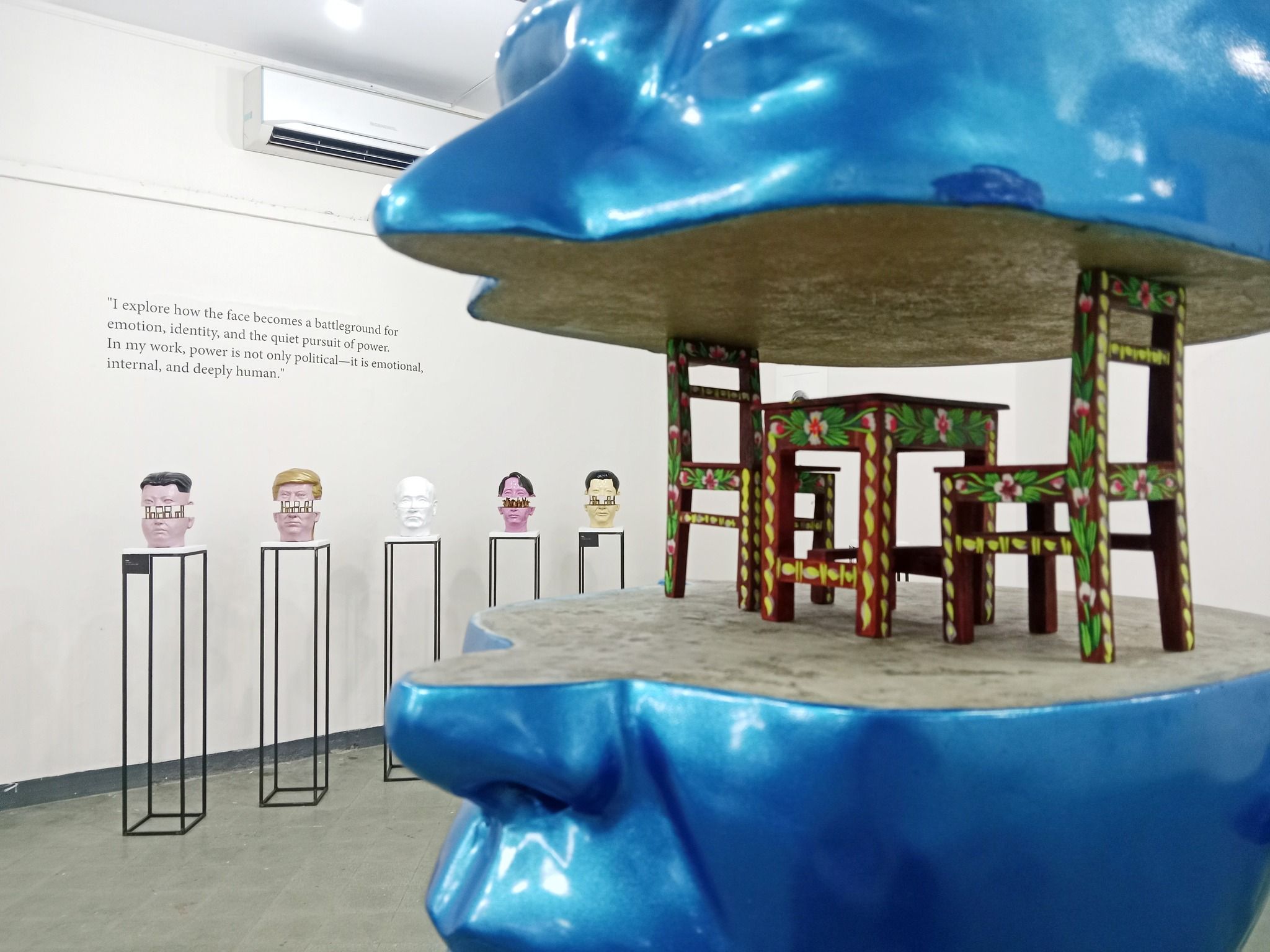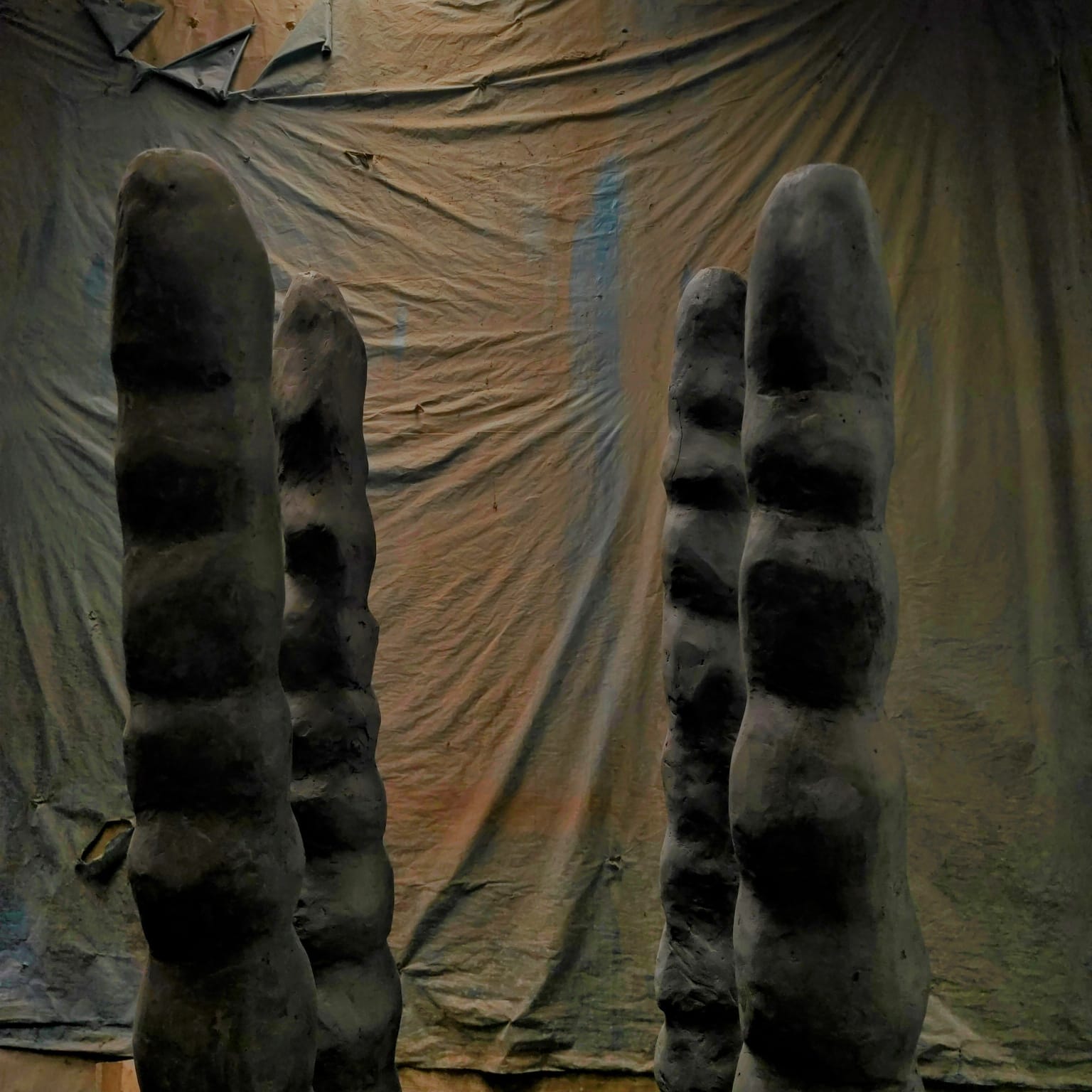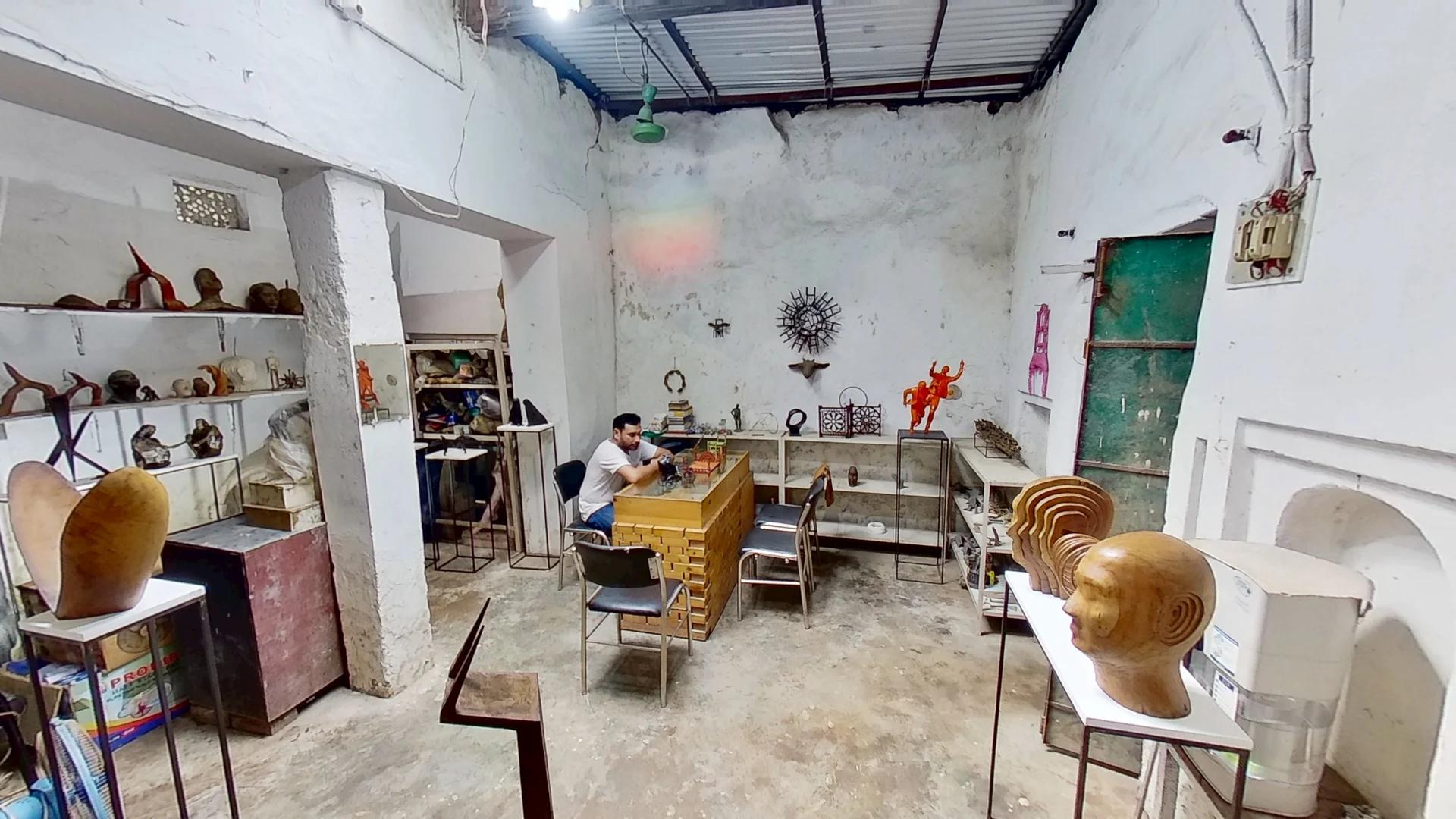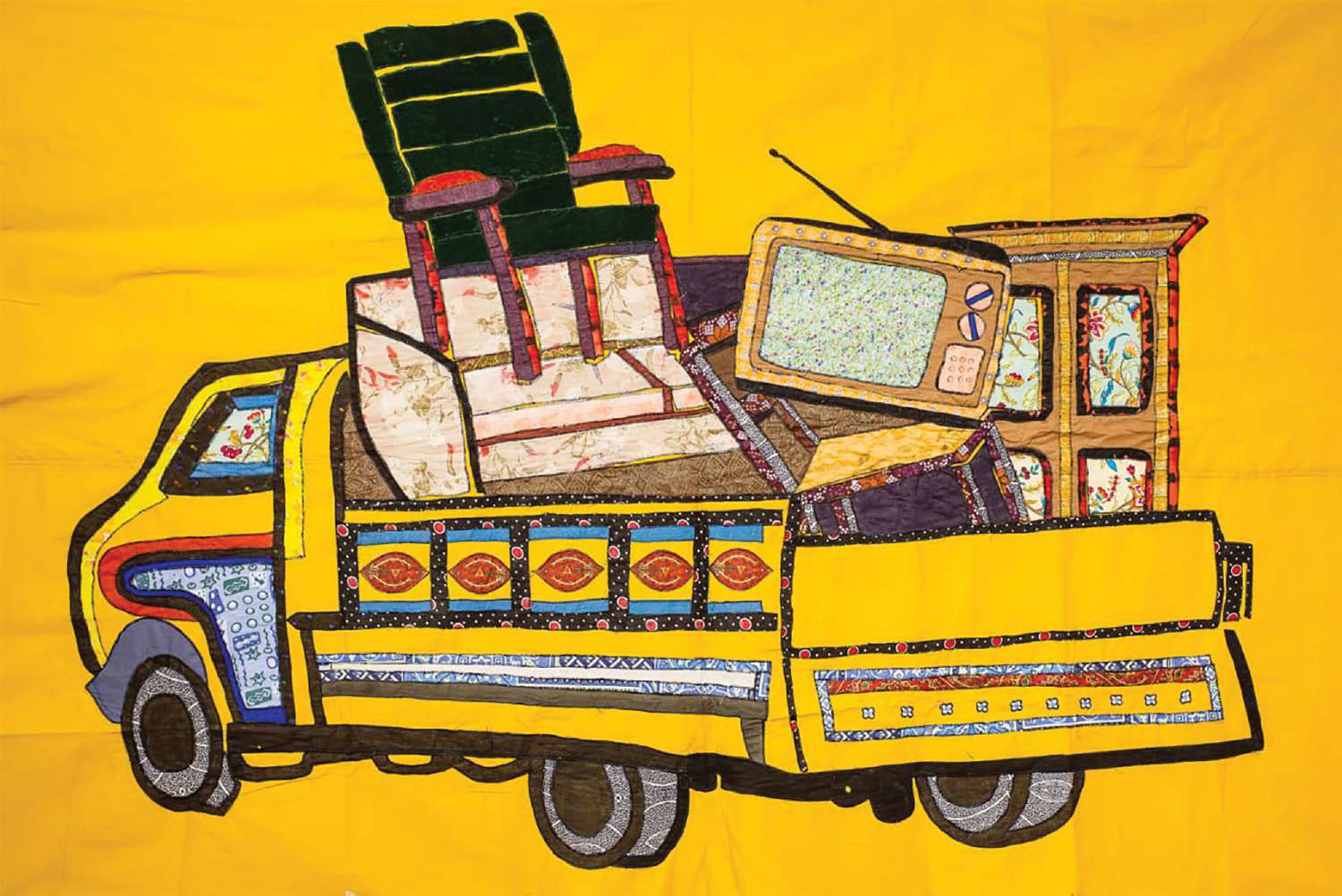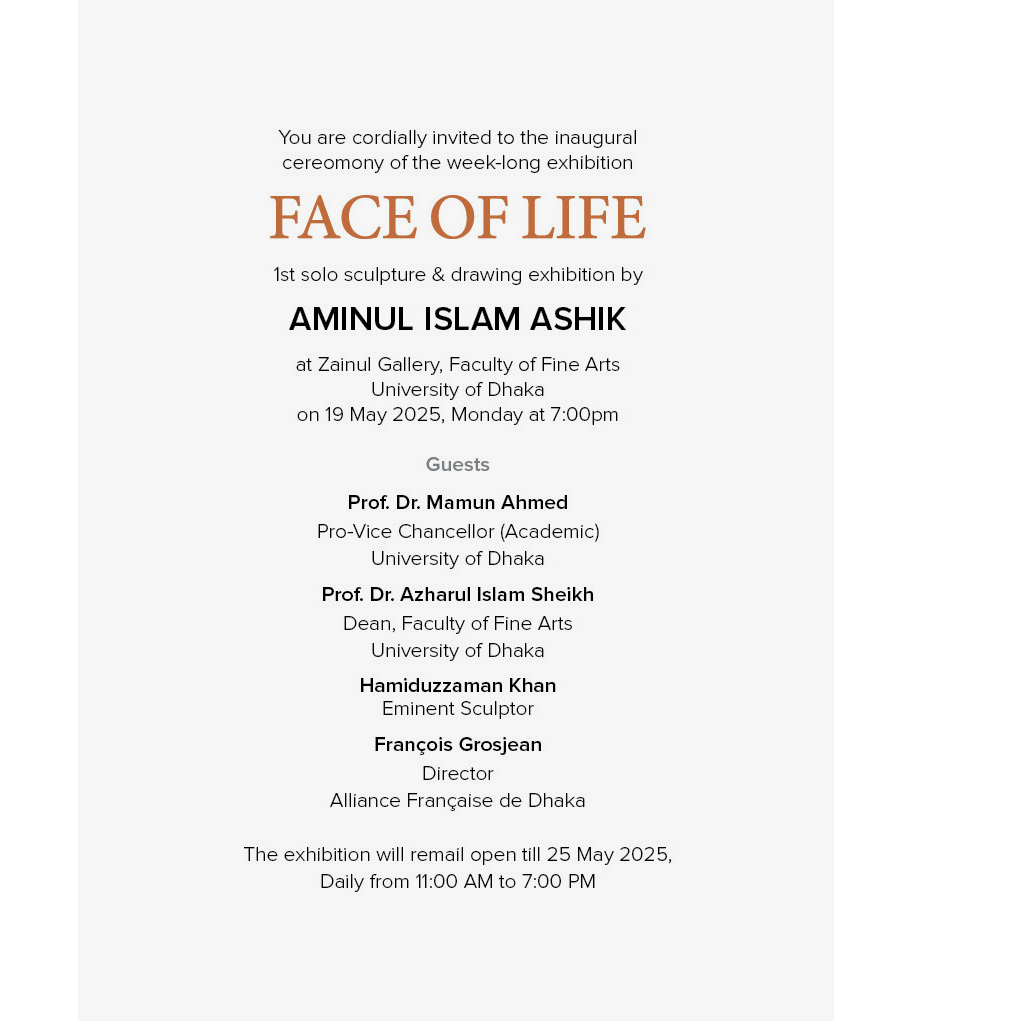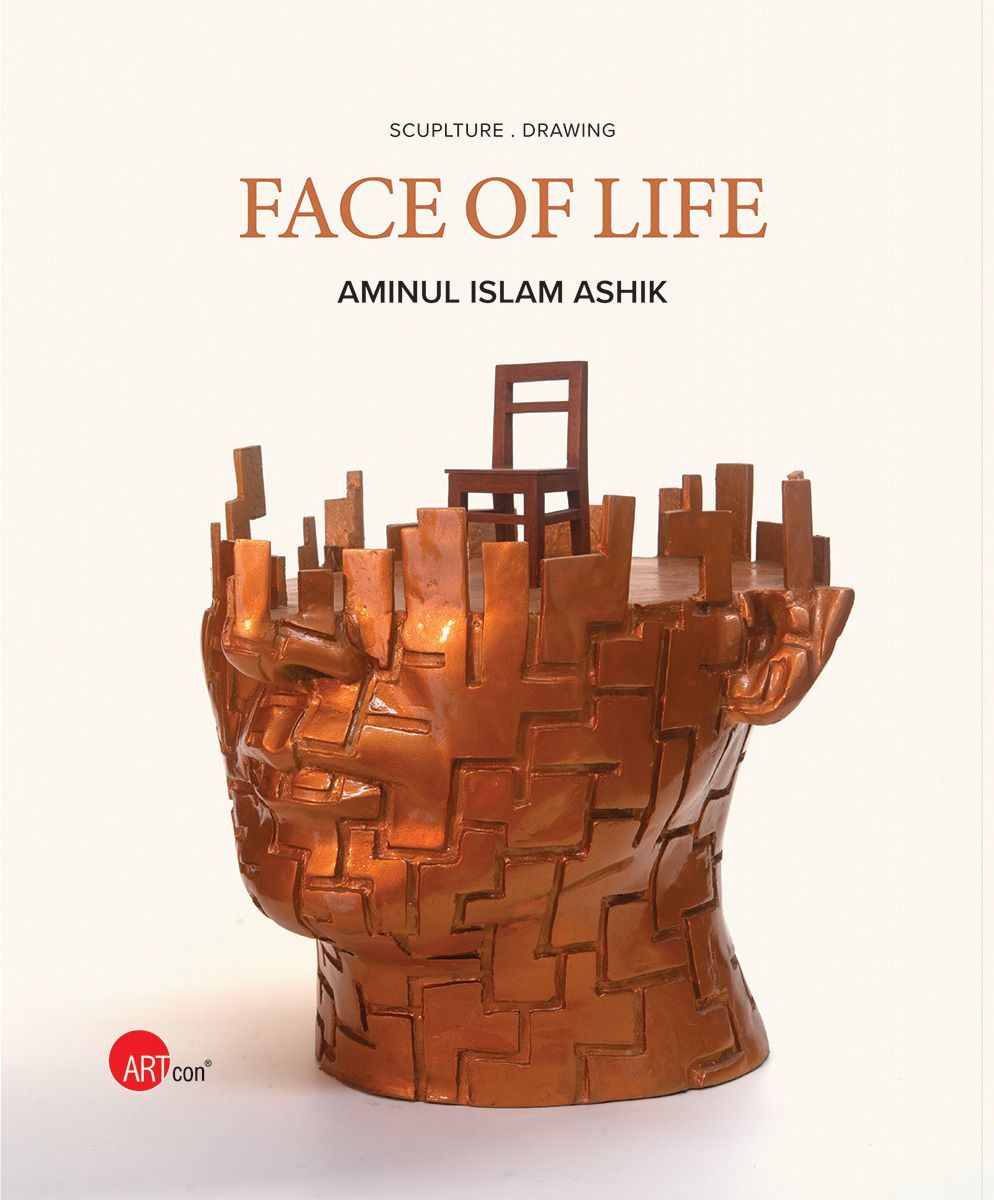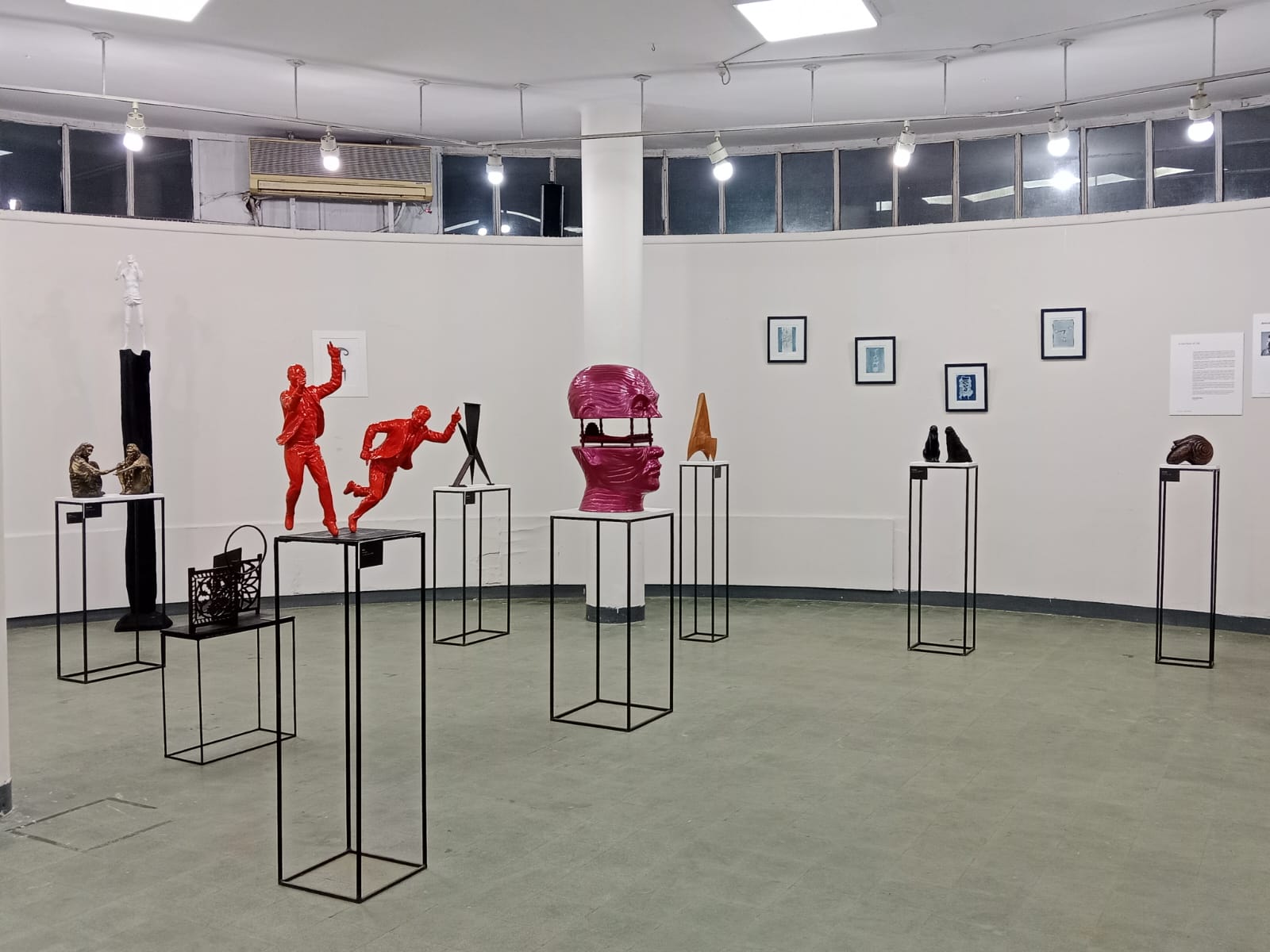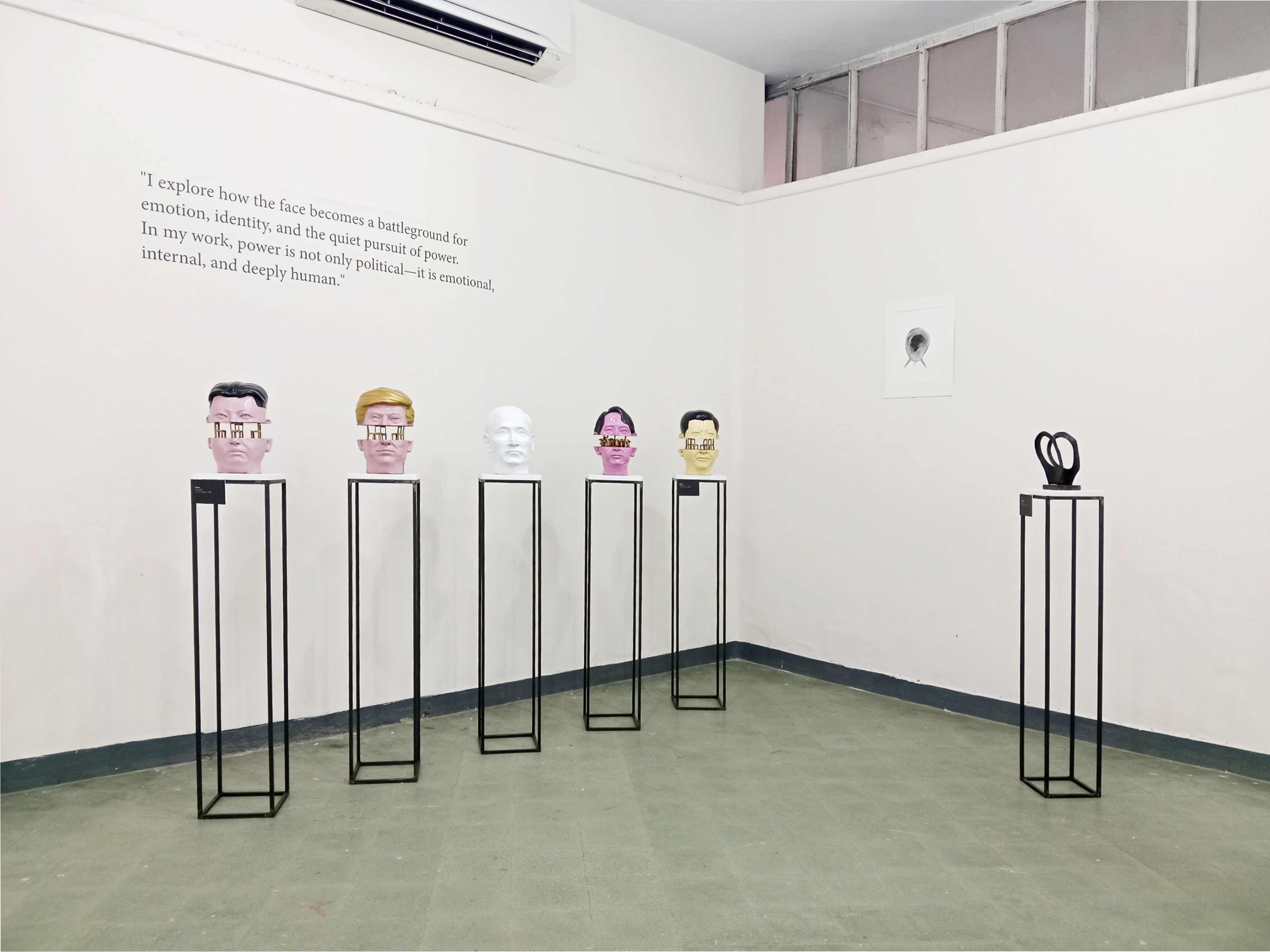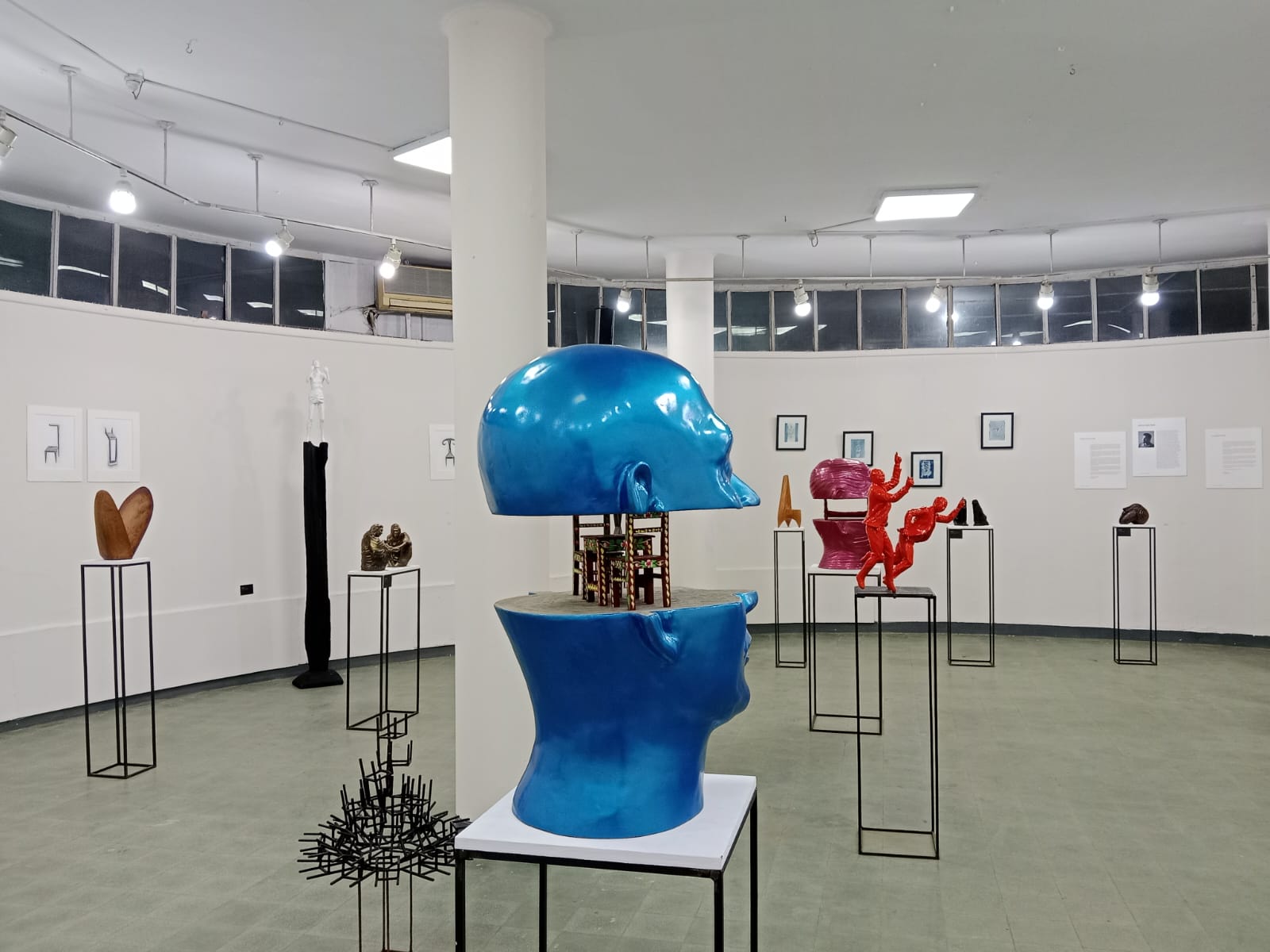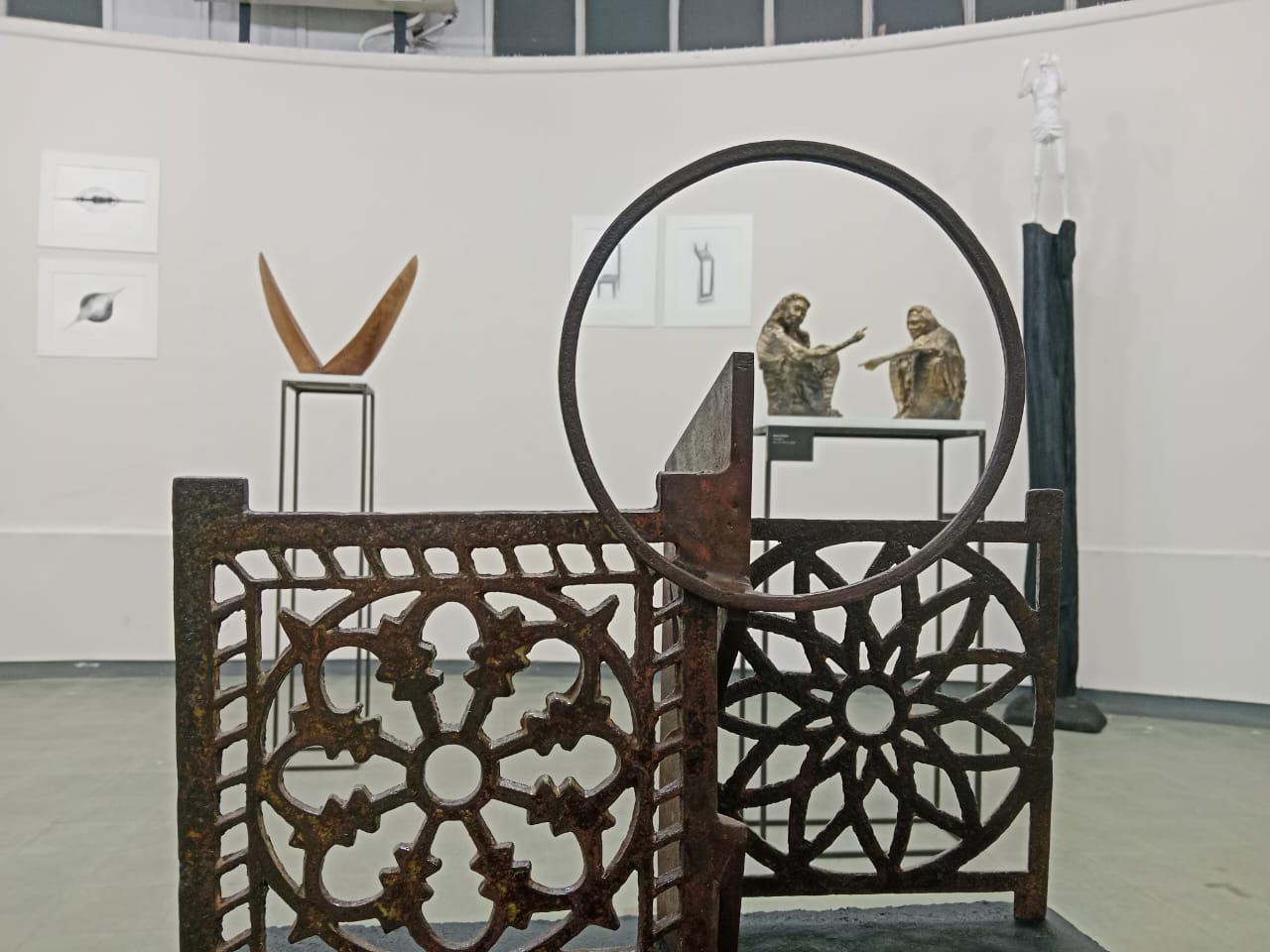A significant part of Dhaka is Lalbagh and its surrounding areas. One such part is Azimpur—an area deeply embedded in the emotions of the city’s residents, artists, and writers. It carries the weight of Bengal’s history and echoes the sighs of countless lost stories.
Students of Fine Arts, especially those who stayed at Shahnewaz Hall, often roamed the streets of Azimpur. This neighborhood and its adjacent lanes are breeding grounds for diverse materials and creative techniques. When it comes to creating something new, this area holds unmatched value.
Walking down its streets, I often feel swept back into a different time. Memories from the past come rushing in. I become absent-minded, mumbling unfinished thoughts, as if caught in a trance. A weight settles on the chest, pulls me into a contemplative silence.
In this dreamlike setting, a group of sculptors has set up a ‘Vashkor Khana’ (sculpture studio), detached from the calculations and burdens of everyday life. Among them is a sculptor named ‘Ashik’—Aminul Islam Ashik.
One must navigate several winding alleys steeped in history to reach this space. Past the Chapra Mosque of Azimpur and following Sheikh Shaheb Bazar Road, a rusted tin gate appears wedged between towering buildings through twists and narrow turns. Entering through it, you find an open courtyard. On the left stands an old, lime-washed single-story building. As you step inside, the surrounding concrete giants seem to loom over the fragile structure like a predator waiting to consume it.
Plaster peels from the thick walls, exposing jagged bricks—like teeth breaking through gum. The walls feel scorched and blistered. Ashik immerses himself in his practice inside one of these rooms, surrounded by half-finished sculptures and an assortment of materials. His unfinished works seem to wait in queue —longing for the sculptor’s touch to complete their form. Whether they will ever be completed remains uncertain.
I had visited this house once before, for a personal project. Back then, it was Munna Bhai’s workshop, and some other artists used to work in adjacent rooms.
We are living in a time when pursuing sculpture as a practice in Bengal is nothing short of a battle. It’s not an easy path. Sustaining a disciplined artistic life amidst such hostility is akin to fighting on the front lines. Ashik Aminul is one of those front-line fighters.
I first became acquainted with Ashik’s artistic vision when he was selected for the Britto Arts Trust Student Residency Program in 2013. Though we hadn’t spoken much then, Ashik and another selected artist, Sohrab Jahan, joined the program in Nepal alongside two Nepali artists. The residency was hosted by BINDU Art Space (an artist-run space in Kathmandu). To my knowledge, this residency experience helped accelerate Ashik’s artistic journey.
Ashik’s artistic style involves mastery in modeling physical form while emphasizing the process as a vehicle for personal expression. Although primarily a sculptor, Ashik feels comfortable experimenting across different mediums and processes.
His art is driven by concepts and commentary, sometimes dictated by the nature of the materials, and sometimes transforming the medium to serve his narrative. Ashik effortlessly reinterprets traditional media in his own language and integrates unconventional materials.
For example, soft clay becomes a dreamy vessel of emotion shaped by the flow of his hands, and from rigid frameworks, he extracts new imagined structures. At times, molten metal solidifies into a form constructed by his creative vision. These dialogues between the artist and material are deeply personal—silent conversations with the self.
Art is both self-fulfillment and a shared experience for Ashik. It allows him to release his inner pressure, finding calm in his own creation. At other times, he uses his art to pose questions to society—gently, insistently, through form. His works are often narrative-based, reflecting present-day social realities. As a result, his artistic language leans toward descriptive storytelling, even though expressing narrative in three-dimensional form is more challenging than in two dimensions. But it is in this complexity that the artist’s honesty shines.
Times change, artistic trends shift. Yet the true artist remains rooted in his thought and practice—a silent prayer that all beings be happy. Let power politics dissolve, weary soldiers return home, and peace reign.
Written from Krabi Island, Thailand
9 May 2025
